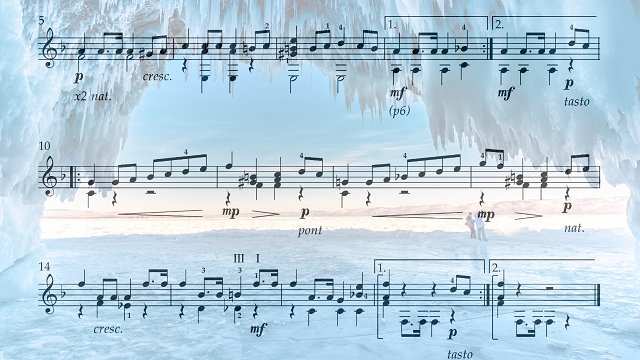Dynamics in music are the written instructions that indicate the loudness or softness of a piece, guiding the performer on how to convey the emotional depth intended by the composer. Playing a piece with no dynamics can be compared to a robot reading poetry—monotonous and devoid of feeling.
There are four essential components of musical sound: pitch, duration, loudness, and timbre. Conventional music notation represents these main characteristics, allowing us to interpret the music accurately. If we neglect any of these elements, we fail to execute the piece as the composer intended.
Interestingly, there is one of these four qualities we can entirely ignore: timbre. If you’re playing music written for the guitar on a guitar, you are automatically fulfilling the requirement for timbre.
Why You Must Pay Attention to Dynamics
Learning to observe the written dynamics is crucial. It allows you to explore the dynamic capabilities of your instrument and helps you develop the habit of always connecting the music you play with its intended dynamics. This attention to dynamics is not just an academic exercise; it’s what breathes life into your performance.
Try this experiment: learn a piece of music well, without focusing on the dynamics. Bring it up to speed, and make it flow. Then, start applying the dynamics as written. You might be surprised to find that the music sounds entirely different—and that you may even need to relearn certain parts to accommodate the dynamic shifts!
Dynamics: The Heart of Musical Expression
At the end of the day, dynamics and sound colors are the primary tools we have to express emotion in music. They allow us to convey feelings and tell a story through our instrument. Without them, even the most technically perfect performance can feel flat and lifeless.
So, embrace dynamics as an integral part of your musical practice. They are not just an optional extra; they are the very essence of what makes music feel alive and meaningful.
By understanding and integrating dynamics into your playing, you’ll transform your performances from mechanical recitations into truly expressive musical experiences.

Leave a Reply